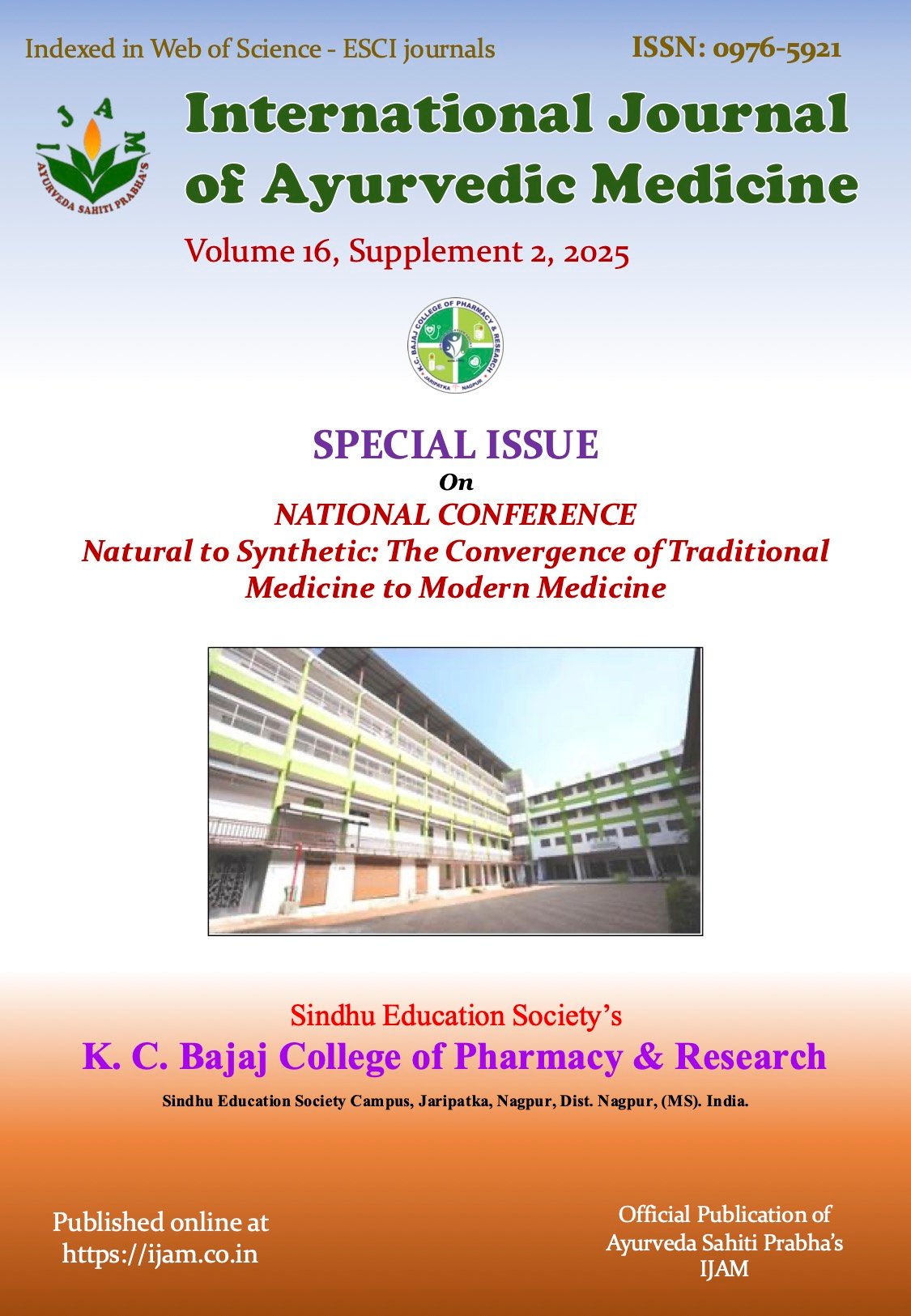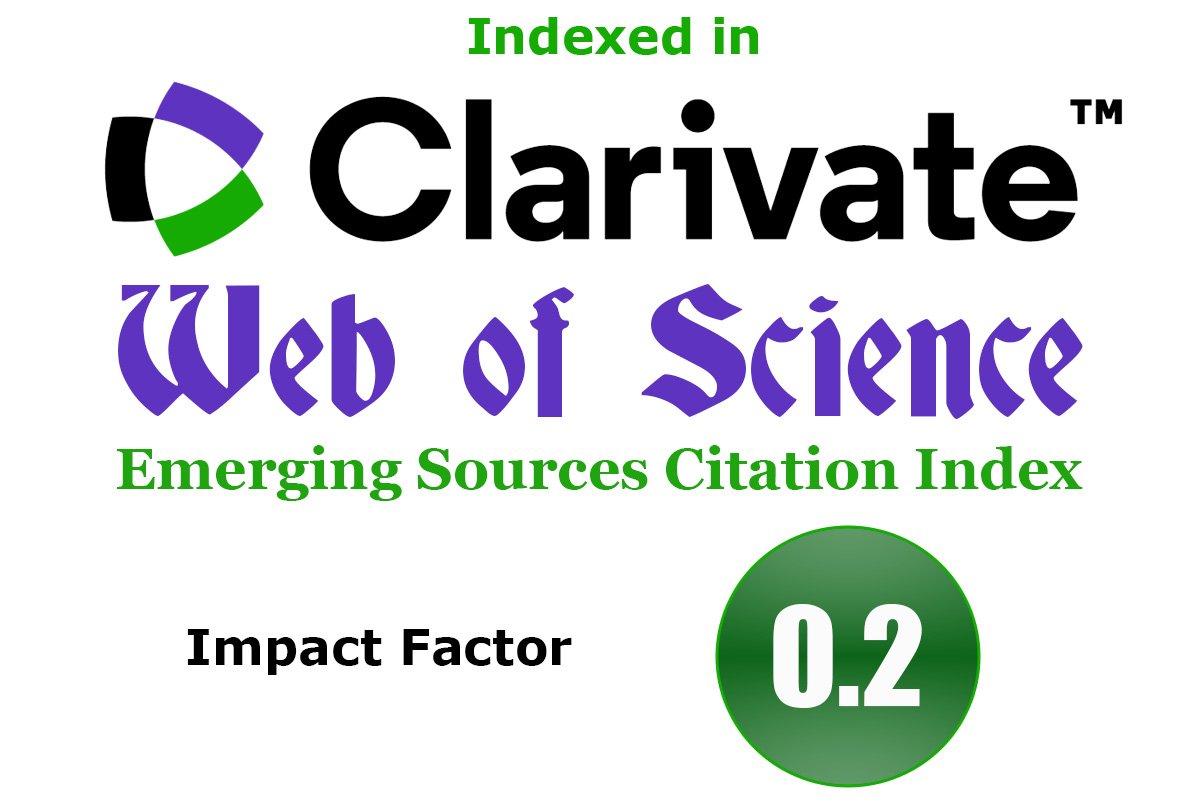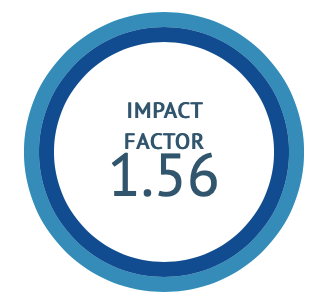Indian Spices: An Insightful Review on Reported Antipsychotic, Antidepression, Neuroprotective and Anti-Anxiety Activities
DOI:
https://doi.org/10.47552/ijam.v16iS2.6227Keywords:
Anxiety, Depression, Inflammation, Spices, Anti-Alzheimer activityAbstract
The potential of traditional medicinal herbs to cure neurodegenerative diseases like Alzheimer's disease (AD) has attracted more and more attention from researchers. Notably, a number of plants have long been used to enhance memory and cognitive performance, including Crocus sativus, Nigella sativa, Coriandrum sativum, Ferula assafoetida, Thymus vulgaris, Zataria multiflora, and Curcuma longa. By lowering oxidative stress, increasing antioxidant levels, and blocking acetylcholinesterase activity, their bioactive substances—carotenoids, monoterpenes, and polyphenols—have neuroprotective benefits. Additionally, by reducing levels of pro-inflammatory cytokines like IL-6, IL-1β, TNF-α, and total nitrite, these herbs control neuroinflammation. Taken together, these results provide credence to the medicinal potential of these herbs and their active ingredients in the treatment of depression, anxiety, and AD. Traditional medicinal potential in these findings, when combined, support the therapeutic potential of these plants and their active components in the treatment of AD, anxiety, and depression.
Downloads
Published
How to Cite
Issue
Section
License
Copyright (c) 2025 International Journal of Ayurvedic Medicine

This work is licensed under a Creative Commons Attribution-NonCommercial-ShareAlike 4.0 International License.
The author hereby transfers, assigns, or conveys all copyright ownership to the International Journal of Ayurvedic Medicine (IJAM). By this transfer, the article becomes the property of the IJAM and may not be published elsewhere without written permission from the IJAM.
This transfer of copyright also implies transfer of rights for printed, electronic, microfilm, and facsimile publication. No royalty or other monetary compensation will be received for transferring the copyright of the article to the IJAM.
The IJAM, in turn, grants each author the right to republish the article in any book for which he or she is the author or editor, without paying royalties to the IJAM, subject to the express conditions that (a) the author notify IJAM in advance in writing of this republication and (b) a credit line attributes the original publication to IJAM.





